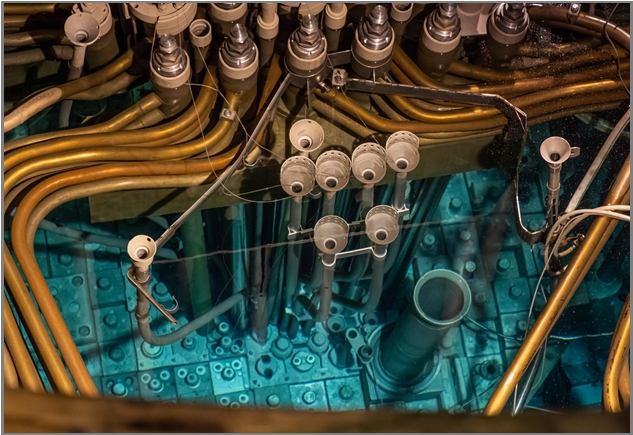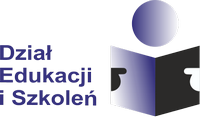Sightseeing the MARIA reactor
We allow the organised groups to sightsee MARIA – the only one research reactor operating in Poland.
MARIA is a high flux pool reactor of a channel type. It uses water and beryllium as moderators, and graphite as neutron reflector. The reactor Was put into operation (achieved criticality for the first time) in December 1974. Currently it is one of the most modern research reactors in Europe. As a fuel it uses uranium oxide or uranium silicide. The original highly enriched fuel has been replaced by the low enriched fuel. The work cycle is a couple of days long. There are about 25 fuel assemblies at work during each cycle. Each fuel assembly is located in a separate water-cooled channel. Close to fuel assemblies vertical channels used for radionuclide production are located, and not far from the core the caskets used for irradiated samples are placed. From the core 6 horizontal channels guide neutrons to the experiment hall.
The MARIA reactor is the source of the neutrons used for radionuclide production, material modifications and scientific research. Radionuclides produced in the MARIA reactor are used mostly for nuclear medicine. In particular production in the MARIA reactor meets large part of the global demand for iodine-131 used in the treatments of thyroid conditions. Reactor staff also implemented the technology for irradiation of uranium targets for production of molybdenum-99 that decays into technetium-99m – which is an isotope currently most widely used in nuclear medicine.
During the visit one is shown the reactor core including the most spectacular „proof” of its operation, namely the Cherenkov radiation. Another places shown include reactor control room, preparation hall and the scale 1:1 core model. One may also be shown model of fuel assembly, irradiation caskets and manipulators used in the hot cells. The guides will talk about the usage of this exceptional device and this usage is conducted in practice.
Basic information about sightseeing visits to the MARIA reactor
- Sightseeing is possible for seventh-grade pupils and older only (age: 13+).
- Groups visiting MARIA reactor must not be larger than 32 persons.
- Visiting the reactor includes introductory lecture about its basics (including operating principles, construction and application of nuclear reactors). Sightseeing price includes the cost of this lecture.
- Date (and time) of the visit must be booked in advance by phone (number 22 273 16 12).
- Sightseeing can take place only on selected business days between 08:30 and 15:30, in accordance with reactor work schedule. We reserve the right to change or call off the bookings if the reactor work schedule changes.
- In such a case the person booking the visit is informed about the changes by phone as soon as possible.
- Sightseeing the MARIA reactor can be combined with basic lectures, advanced lectures, or sightseeing the NCBJ research laboratories.
- Information on how to organise a visit to NCBJ, including the formal requirements which must be met before arrival, is given on the "How to organize a trip to the NCBJ" page.
- The cost of the visit is listed in the price list.
- The sightseeing last about 2 hours (including the introductory lecture).
- Pregnant women must not participate in visit to MARIA reactor (this is required by the radioprotection law).














